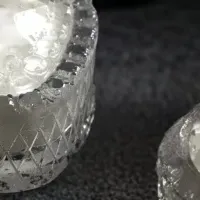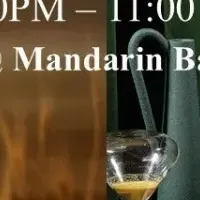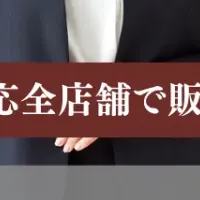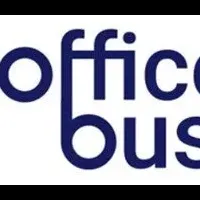
The Future of Medical Flexible Packaging Market Set to Exceed $27 Billion by 2030
The Flourishing Medical Flexible Packaging Market
The global landscape for medical flexible packaging is witnessing remarkable growth, with projections indicating that this sector will be valued at approximately USD 27.72 billion by 2030. Research Insights has revealed a pivotal report illustrating this growth trajectory, which is underpinned by various shifting dynamics in the healthcare industry.
Current Market Dynamics
In 2024, the medical flexible packaging sector is anticipated to reach USD 20.22 billion, reflecting a compound annual growth rate (CAGR) of 5.4%. This expansion aligns with healthcare providers' increasing preference for disposable medical products. The heightened emphasis on hygiene and safety—especially in clinical settings—has led to the adoption of single-use items such as syringes and surgical instruments designed to mitigate infection risks. The world has unquestionably recognized the importance of infection control, particularly in light of global health crises like the COVID-19 pandemic.
Key Growth Drivers
1. Shift Towards Sterile Packaging
Sterility is crucial in healthcare. The integrity of products such as surgical instruments, pre-filled syringes, and wound dressings is paramount; they must remain uncontaminated until they are utilized. Due to the escalating focus on infection prevention, the demand for sterile packaging solutions is swelling, fueling the growth of the medical flexible packaging market. Medical professionals increasingly gravitate towards packaging formats like sterilizable pouches, peelable sachets, and breathable wraps that provide optimal protection, ease of use, and adherence to regulatory standards.
2. Innovative Smart Packaging
Modern packaging is evolving into a sophisticated tool that enhances safety, ensures product traceability, and fosters customer interaction. The integration of intelligent technologies like QR codes and NFC is revolutionizing how medical products are managed. These innovations not only safeguard patient welfare by ensuring product authenticity but also help manufacturers comply with regulatory standards. Monitoring storage conditions and generating comprehensive audit records are now essential functions of medical flexible packaging, contributing to error reduction and minimizing counterfeit occurrences.
Material and Product Segmentation
The market's growth is segmented across various materials, including plastics, paper, aluminum, and bioplastics. Plastics currently represent the dominant material, owing to their versatility and low-cost production. By product, the pouches and bags segment leads, appreciated for their adaptability to a range of medical uses. Their lightweight design and compatibility with multiple sterilization techniques render them indispensable in various medical applications.
Regional Insights
Geographically, North America boasts a robust medical flexible packaging market, attributed to its advanced healthcare systems and stringent regulations. The region witnesses a continuous demand for sterile single-use packaging, essential for upholding infection control standards. In contrast, the Asia Pacific region is experiencing rapid growth driven by improvements in healthcare access and heightened pharmaceutical production stemming from population expansion. Countries like China, India, and Japan are investing heavily in both hospital infrastructure and medical manufacturing, resulting in an upsurge in demand for cost-effective packaging solutions.
The European sector is increasingly directing its efforts toward sustainable practices, focusing on recyclable materials and fulfilling stringent compliance mandates. Notably, the region has spearheaded the adoption of environmentally conscious packaging materials, aligning with the EU's green initiatives.
Competitive Landscape
The competitive environment in the medical flexible packaging market incorporates several major players, including Amcor plc, AptarGroup, Inc., and BD (Becton, Dickinson and Company). These corporations are strategically placing themselves within the market through continuous innovation and collaboration. Recent developments, such as Nelipak's new facility in Costa Rica and Amcor's acquisition of Berry Global, highlight the industry's aggressive push towards maintaining competitive edges and addressing the mounting demand for advanced packaging solutions.
Conclusion
The medical flexible packaging market is on a promising growth trajectory, with its projected value reaching $27.72 billion by 2030. This growth is fostered by a combination of factors including technological advancements, the rising need for sterile products, and a shift towards sustainability. Stakeholders including film laminate manufacturers, pharmaceutical firms, and healthcare providers must stay abreast of market dynamics and embrace innovative packaging solutions to capitalize on future opportunities while ensuring compliance with evolving regulatory frameworks. The industry's evolution presents a critical intersection of safety, sustainability, and technological integration that is set to transform the medical packaging landscape.
Stay informed with timely insights on the medical flexible packaging market as it continues to unfold in line with global healthcare demands.
Topics Consumer Products & Retail)










【About Using Articles】
You can freely use the title and article content by linking to the page where the article is posted.
※ Images cannot be used.
【About Links】
Links are free to use.